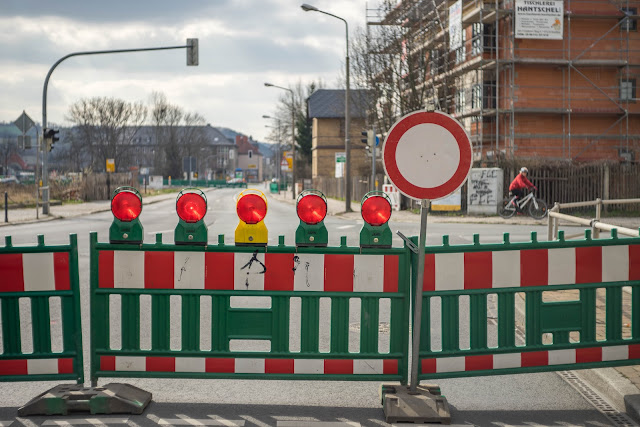 |
| Sony a7 with Samyang 85mm f/1.4 @ f/1.4 |
If you like a really bright portrait lens and at the same time a light telephoto then you need to invest a lot of money. In Aperture 1.8 or 1.4 very quickly exceed the EUR 1000 limit. In the good old days such a strong light lenses were not produced for the hobby needs. There was not the right glass and the necessary manufacturing technology. Today things are different.
For many years in South Korea tinkers a company called Samyang of cheap lenses for the hobby sector. These lenses are not only cheap, but also bright. They are sold under various brand names: Samyang (the original brand), Rokinon (in English-speaking countries) or Walimex (in Germany). But except for the name they are all the same lenses. The only downside of all these lenses is: they do not have auto focus and need to be brought into focus by hand.
I will try in the near future some of these lenses here on the blog imagine. But only those lenses that can be used on full frame cameras, like the Sony a7. Let's start with the Samyang 85mm and the sensational light intensity of 1.4. This focal length is perfect for portraits and also particularly in available light. Let's look at the specifications:
Optical construction: 9 elements in 7 groups inc. 1x aspherical element
Number of aperture blades: 8 (circular)
min. focus distance: 1 m (max. magnification ratio ~1:9.5)
Dimensions: 78 x 72 mm
Weight: 513 g
Filter size : 72 mm
Hood: barrel-shaped, bayonet mount, supplied
The lens is really quite a whopper, large and heavy. This can be seen quite well in these pictures:
The lens is processed very good and is made of metal and excellent plastic. It feels as though it was built for eternity. The aperture can be adjusted very accurately and with a full clunk. It is no problem to work with the lens without looking at the aperture ring.
Overall, however, it is good to handle despite its size. The way to adjust the focus is very long and precise. Using the focus magnification and / or the focus peaking, you can adjust the focus very well for example on a Sony NEX. A little inconvenient is the minimum focus distance of just one meter.
The image quality is very good. Are at full aperture, the photos in the middle a little bit soft and fall significantly toward the outer edge. A slight stopping down to 2.0 or 2.8 then displays the real qualities of this lens. The contrast, the colors and the sharpness from the center to the edge very well, almost razor sharp.
Distortion does not exist. At maximum aperture a little color fringing on high contrast edges. For example, on branches against the bright sky.
From my side so a recommendation for this lens. The lens is already for 250, - Euro to buy. So a fantastic optical power and so much luminosity you get for this price anywhere.
Here are a few examples, the camera data are available under the pictures.
 |
| Sony a7 with Samyang 85mm f/1.4 @ f/1.4 |
 |
| Sony a7 with Samyang 85mm f/1.4 @ f/1.4 (100% cut from original) |
 |
| Sony a7 with Samyang 85mm f/1.4 @ f/2.2 |
 |
| Sony a7 with Samyang 85mm f/1.4 @ f/5.6 |
 |
| Sony a7 with Samyang 85mm f/1.4 @ f/1.4 |
 |
| Sony a7 with Samyang 85mm f/1.4 @ f/2.0 |
 |
| Sony a7 with Samyang 85mm f/1.4 @ f/2.0 |
 |
| Sony a7 with Samyang 85mm f/1.4 @ f/1.4 |
 |
| Sony a7 with Samyang 85mm f/1.4 @ f/2.8 |
 |
| Sony a7 with Samyang 85mm f/1.4 @ f/5.6 (50% cropped at moon eclipse 2015/09/28) |


















































